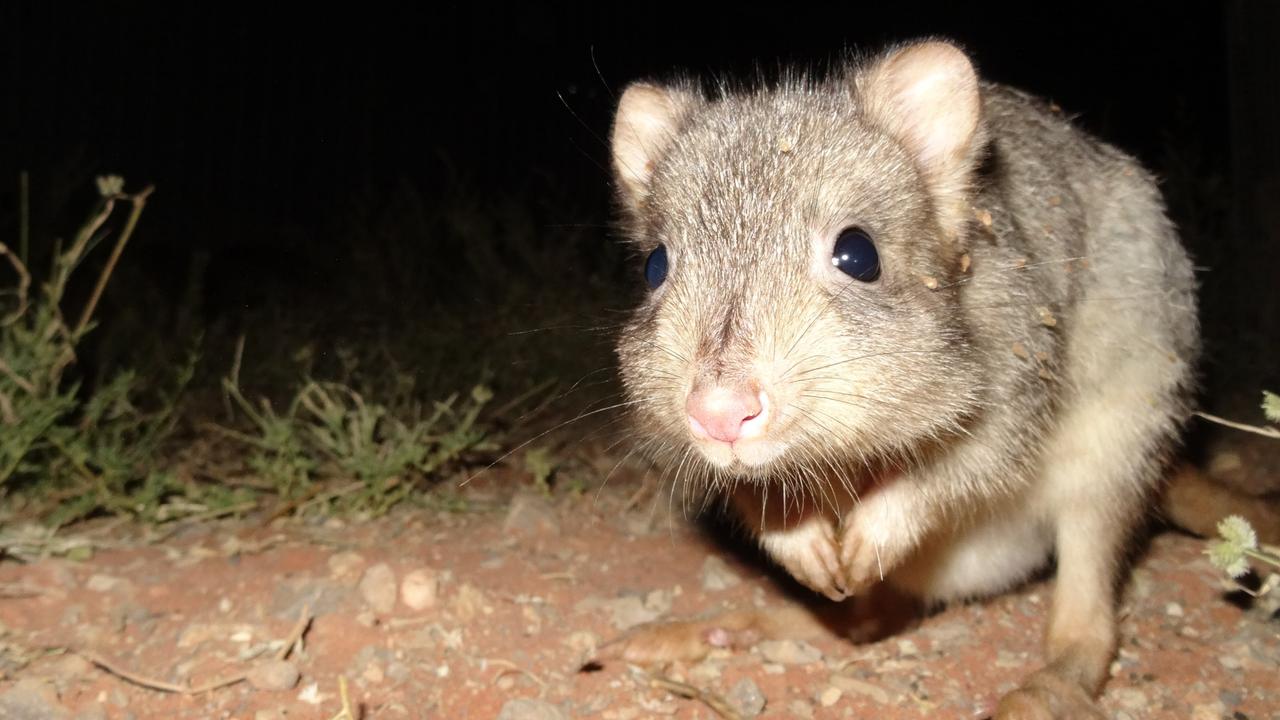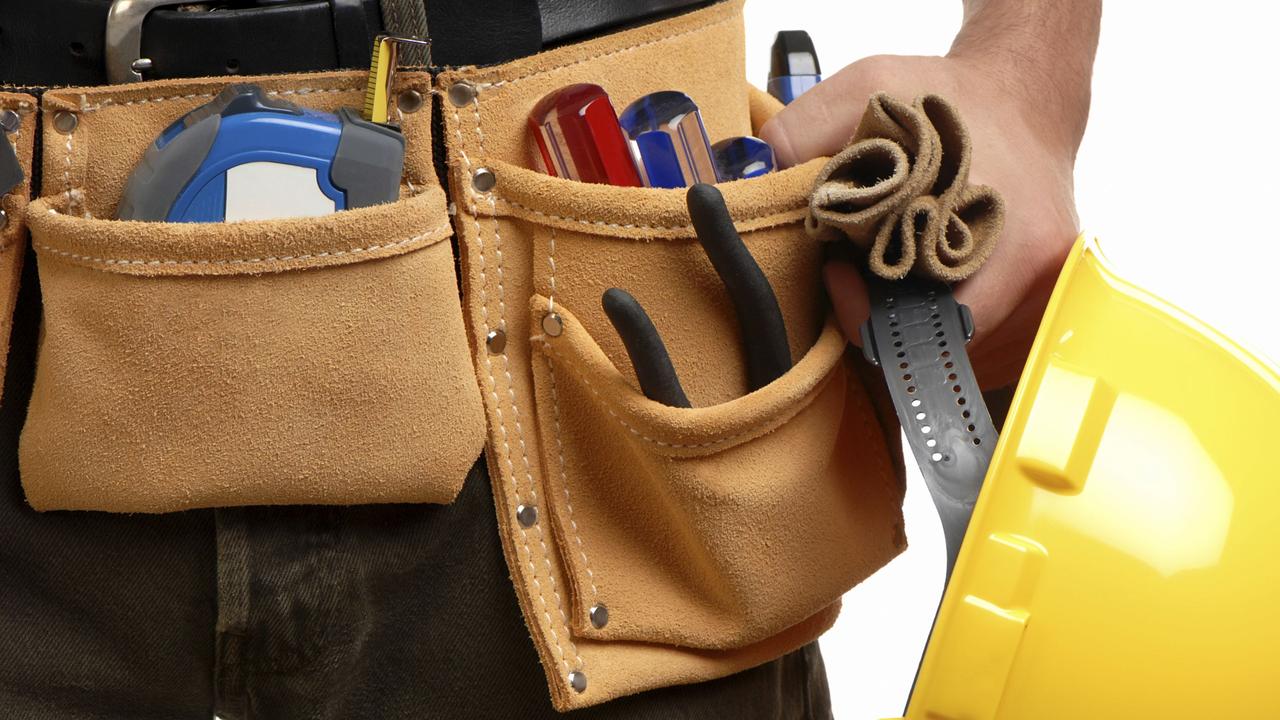Adelaide man goes bush in search of Tasmanian tiger
Neil Waters is heading into the Tasmanian bush for two years or more with one hope in his heart — Find a living thylacine.
SA News
Don't miss out on the headlines from SA News. Followed categories will be added to My News.
- Footage claims to show Tasmanian tiger roaming Adelaide Hills
- Tasmanian tiger believers share images of sightings
Adelaide thylacine hunter Neil Waters is heading into the Tasmanian bush, and he says he’ll stay there for two years or more as he continues his search for an animal thought to have gone extinct more than 80 years ago.
Mr Waters, who established the Thylacine Awareness Group of Australia which has more than 7000 members on Facebook, has long believed that the carnivorous marsupial still exists both in Tasmania and the mainland. According to official narratives, the last thylacine died in Hobart zoo in 1936, with mainland populations being wiped out thousands of years ago, possibly after the introduction of the dingo.
Determined to prove that remnant populations have managed to survive and avoid detection, Mr Waters is in the process of setting up a network of 30 motion-triggered trail cameras in the north-east of the island state.

He says he’ll camp out for months at a time to monitor the remote cameras or hopefully snap his own picture.
“I’m concentrating on an area of about 100 by 100 square kilometres,” he said.
“Between Bridport and Gladstone, a mixture of private land and taxpayer owned land. It’s a historical hot spot, and there were a high volume of bounties paid in that area back in the day when they were being persecuted. It presents very good habitat, plus I’ve had my own two sightings in that area in 2010 and 2014.”

Mr Waters’ expedition will be mostly self-funded, although he has come up with a sponsorship model to help offset costs slightly.
Each one of his trail cams can be privately sponsored, and the uptake has been enthusiastic.
“It’s $2.50 a week or $120 a year to sponsor a camera and cover the costs of the batteries and the SD cards,” Mr Waters said.
“When we check the trail cams three or four times a year we’ll email all the photos to the sponsor so they get to go through all the photos themselves. It’s a way of getting people involved and learning about Australian native animals. We’ve actually got two classes of kids from primary schools in the US that have sponsored two cameras.”
And what if Mr Waters’ expedition actually unearths a living thylacine?
“A lot of people worry that it would be hunted by rednecks if we proved it was there, but I think it’s been hunted by rednecks all along and it’s still there,” he said.
“That gives me hope that it can outwit any hunter that’s looking for it.”
Mr Waters said that among the Tasmanian population there was a widespread belief that the thylacine may still exist somewhere in the island’s rugged wilderness areas.
“Most Tasmanians that I meet have had a sighting or know someone who’s had a sighting and they don’t want it to get hurt so they’re very coy about what they know,” he said.
“Having said that, there are a lot of people who are happy to come forward with their info and I think we’ve had about four reported sightings in Tasmania this year.”
Originally published as Adelaide man goes bush in search of Tasmanian tiger



